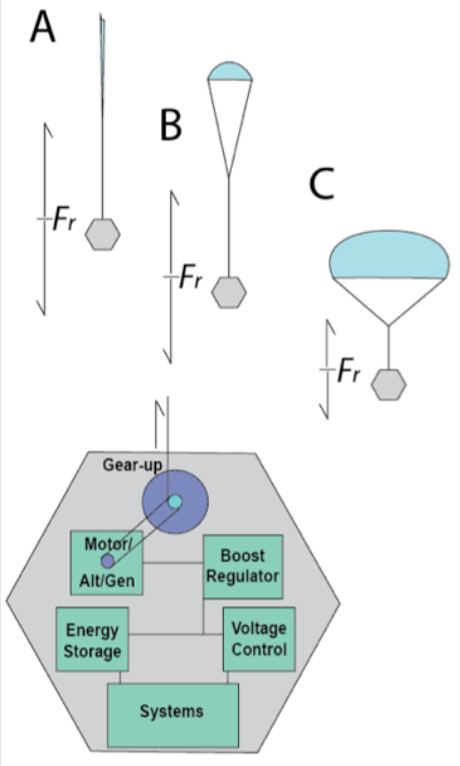Noam Izenberg
Johns Hopkins University
Descent probe or lander power is a key resource for planetary exploration, and is a particular challenge where solar power is difficult to utilize efficiently and alternative power sources are expensive, risky, or complex. Short duration, battery powered probes have successfully landed and returned data from the surfaces of cloud-shrouded Venus. Atmospheric entry probes, such as those for gas giant planets, pose a different problem – the need for high power (up to kilowatts) for short durations. Each of these planetary and mission environments constitute environmental “extremes” of temperature, pressure, or other factors, but have in common dense atmospheres. Surface pressure on Venus and Titan (and other planets with atmospheres and solid surfaces, and at the bottom of lakes and oceans) is relatively constant, with well-characterized lapse rates and scale heights. Atmospheric density profiles of gas giant planets are known or modeled. Unspooling power systems take advantage of dense atmospheres, utilizing drag forces or buoyant forces to generate electrical power, and in some mission profiles have significant net advantages in mass, cost, power, total energy, and complexity over conventional sources. We propose to investigate the advantages and possibilities enabled by a drag-using ripcord unspooling power system for descent probes into planets with atmospheres, focusing on an example case of a Saturn Probe.
2019 Phase I, II, and III Selections



































